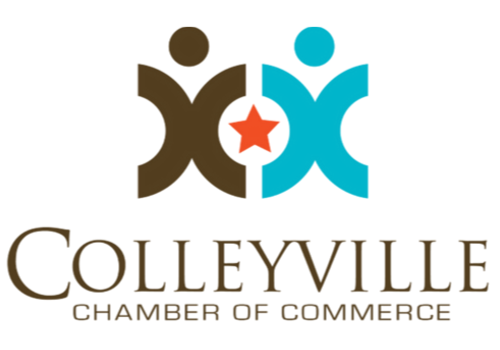Crafting a Project Plan to Personalize Content Without Breaking Your Stack
In an age when digital attention spans flicker faster than ever, integrating content personalization tools isn’t a luxury — it’s a strategy of survival. But weaving these tools into an existing marketing stack isn’t a drag-and-drop operation. It requires intention, insight, and an ironclad project plan that connects teams, technology, and timelines. Get it wrong, and the brand ends up with a bloated stack and confused customers; get it right, and messaging becomes magnetic.
Start by Assessing the Stack You Already Have
The road to personalization doesn't start with buying tools — it starts with understanding what's already in place. Inventorying current systems, data pipelines, analytics platforms, and content management tools is the most overlooked but essential first step. This process isn’t about checking boxes; it’s about identifying integration points, inefficiencies, and opportunities to refine rather than reinvent. Skipping this step invites duplication, redundancy, and a jigsaw puzzle of tools that don’t talk to one another.
Define Clear, Measurable Personalization Goals
Without concrete goals, personalization efforts risk becoming vague experiments. Teams should resist the temptation to "personalize everything" and instead align their objectives with specific audience behaviors or campaign touchpoints. For some brands, it might be about driving more email engagement; for others, boosting conversion rates on product pages. Setting a few priority outcomes makes it easier to choose the right tools and measure whether they're actually working, not just installed.
Engage Stakeholders Early — And Often
It’s easy to think of this process as a marketing project, but successful personalization hinges on cross-functional alignment. IT, data science, creative, and even sales need a seat at the planning table. Their input doesn’t just grease the wheels — it surfaces blind spots, like integration limitations or content bottlenecks, before they become roadblocks. More importantly, getting everyone aligned early reduces friction during implementation, when resources and timelines are tight.
Explore AI Design as a Content Companion
Designing for multiple customer segments used to mean juggling endless revisions, but AI-powered design tools now streamline that creative grind. These platforms let you input audience data — like behavior, preferences, or location — and generate tailored visuals that feel custom, not canned. With the tech benefits of free generative AI now widely accessible, even non-designers can create campaign-ready assets without leaning on overbooked creative teams. It’s a shift from reactive to proactive design, driven by data and simplified by automation.
Select Tools That Play Well with Others
Not all personalization platforms are created equal — especially when it comes to interoperability. It's not enough to be feature-rich; tools need to integrate cleanly with your existing CRM, CMS, ad platforms, and analytics suite. API flexibility, out-of-the-box connectors, and robust documentation are not bonus features — they’re non-negotiable. Choosing based on compatibility, not just capability, makes scaling possible without triggering system-wide headaches.
Plan for Phased Rollouts, Not a Big Bang
One of the fastest ways to derail a personalization initiative is to launch everything all at once. The smarter approach is to break the rollout into distinct phases, each tied to a specific audience segment or marketing channel. That structure creates room to test, iterate, and recalibrate based on real user data — not just assumptions. It also provides early wins that build confidence across teams and leadership, which can be crucial for long-term buy-in.
Don't Skip the Content Strategy Audit
Technology can't solve a messaging problem. Before integrating any personalization tool, it's worth examining whether the current content ecosystem can support tailored messaging at scale. That means reviewing how content is created, tagged, stored, and repurposed. If teams are already stretched thin producing generic assets, layering in personalization will stretch them further unless workflows are rethought. A personalization plan is only as strong as the content engine behind it.
Bake in Governance and Testing from the Beginning
Post-launch chaos often stems from one root cause: no one planned for the "what now?" Governance should be built into the plan from day one, with clear ownership over rules, privacy compliance, content approval workflows, and performance monitoring. Equally vital is a testing protocol that doesn’t just track clicks, but user behavior over time. These feedback loops aren’t just for optimization — they’re essential for maintaining trust, especially when personalization walks the line between helpful and intrusive.
It’s tempting to see personalization as the final mile in a brand’s marketing evolution, but it’s more accurate to think of it as a rewiring of the entire route. When planned thoughtfully — with clear goals, the right tech, collaborative input, and a strong foundation of governance — personalization becomes more than a buzzword. It becomes a mechanism for building relevance, loyalty, and connection in an ecosystem where those are getting harder to come by. The tools are there. What matters now is how well the plan holds.
Discover the vibrant community and business opportunities with the Colleyville Chamber of Commerce — your gateway to growth and success in the heart of the Dallas/Fort Worth Metroplex!
This Chamber Deals & Steals is promoted by Colleyville Chamber of Commerce.

